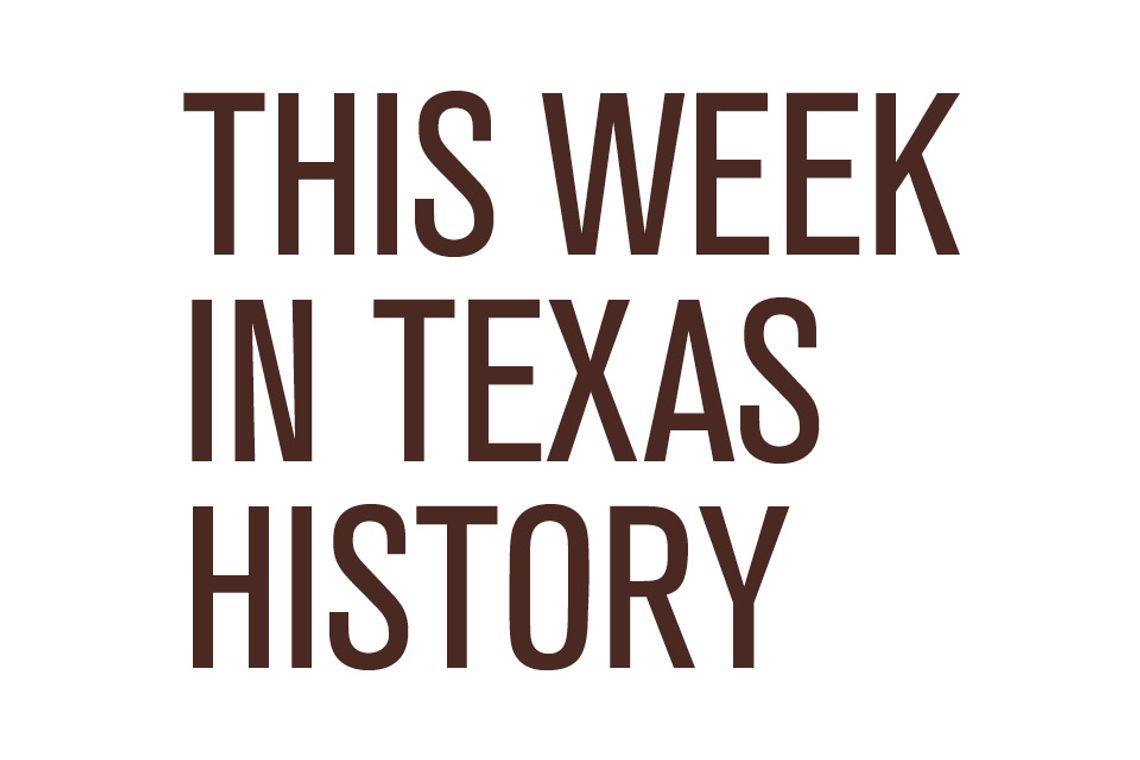Disgruntled Democrats, rural rebels and a handful of breakaway Republicans cast their lot with the Greenbacks on March 14, 1876 at the organizing convention of the Texas branch of the new third party.
The devastating depression triggered by the Panic of 1873 shook American society to its core. Out of this crisis arose the Greenback Labor Party with its catchy slogan “More Money, Cheaper Money.” Nothing ailed the crippled economy, the Greenbacks argued, that a massive influx of paper currency could not cure.
First among blue-collar workers in the industrial Northeast and then in the ranks of impoverished southern farmers, the mighty movement spread like wildfire. Within a matter of months, the upstart party challenged both Democrats and Republicans.
The Greenback panacea for the tight-money curse attracted Texas farmers in droves. Organizers sent to the Lone Star State by national leader Marcus N. Pomeroy found hundreds eager to enlist. Dozens of Greenback clubs sprang up overnight, and by 1879 nearly 500 were in existence.
Most converts came from the Grange, the agricultural association whose conservative leaders were hostile to the third party. They feared the havoc the rambunctious renegades might wreak in state politics and sought to maintain their close ties with the Democrats. But the enthusiasm of the membership could not be contained, and the Greenback Party soon functioned as the political arm of the farmers lobby.
The March 1878 assembly of the Grange gave the Greenback platform its unqualified endorsement. In addition to the demand for an inflated currency, the main planks included an income tax, improved public schools, abolition of taxes on farm products and elimination of superfluous government offices. Mild demands by modern standards but downright radical for the 1870’s.
“Do not sit weeping at the grave of the dead Democracy!” the Texas Greenbacks defiantly declared in their statement of principles. “Preach the doctrine of Greenback to every living creature!” Theirs was clearly a holy crusade.
The Greenbacks met in Waco in August 1878 to select a full slate for the fall elections. W.H. Hamman of Robertson was nominated for governor and waged an energetic campaign. The Greenback creed of defending the common man against the banks, corporations and railroads struck a chord with many Texans as did the charge that both the Democratic and Republican parties ignored their plight.
Hamman captured nearly a fourth of the gubernatorial vote, carried 12 counties in northeast and central Texas and beat his Republican opponent by more than two to one. Ten Greenbacks were elected to the state legislature, and George Washington Jones from Bastrop won a congressional seat. In barely a year and a half, the Greenback Party had replaced the GOP as the number-two party in Texas.
The amateur agitators celebrated their stunning victory and brashly predicted bigger and better things to come. But the hardest part laid ahead -- the monumental chore of building a viable political organization. That was a test the Greenbacks were fated to flunk as the 1878 elections turned out to be their high-water mark.
In 1880 they rejected a Republican invitation to unite behind a single candidate for governor. Hamman again headed the statewide ticket but received 21,000 fewer votes and ran a poor third. Although Jones was reelected to congress, the Greenbacks lost seven of their ten seats in the state house of representatives.
Hard-core Greenbacks expected 500 delegates at the June 1882 convention in Fort Worth, but only 140 loyalists from 30 counties showed. The gathering degenerated into petty bickering and adjourned in confusion.
Fifty Greenbacks regrouped in Corsicana later that summer and half-heartedly seconded the Republican-sponsored bid of Congressman Jones for governor. Although he took a remarkable 40 percent of the vote, it was a strictly personal achievement that did nothing to keep the sinking party afloat.
The demise of the Texas wing of the Greenback Party became official in 1884. After a mere 20 activists responded to a call for a state convention, no further attempts were made to resuscitate the corpse.
For six tumultuous years, the Greenbacks blazed a comet-like trail across the Texas political skies before burning out and fading into oblivion. Their efforts, however, were far from futile as they succeeded in putting their most important concerns on the state and national agendas.
The Greenbacks proved that a third party need not become a permanent part of the political system to change public policy and the course of history. And, as recent events have shown, many Americans today are so fed up with the Democratic and Republican parties that they are willing to take a chance on just about anybody who offers a way out of the current morass.
Bartee welcomes your comments and questions at [email protected] or P.O. Box 130011, Spring, TX 77393.










